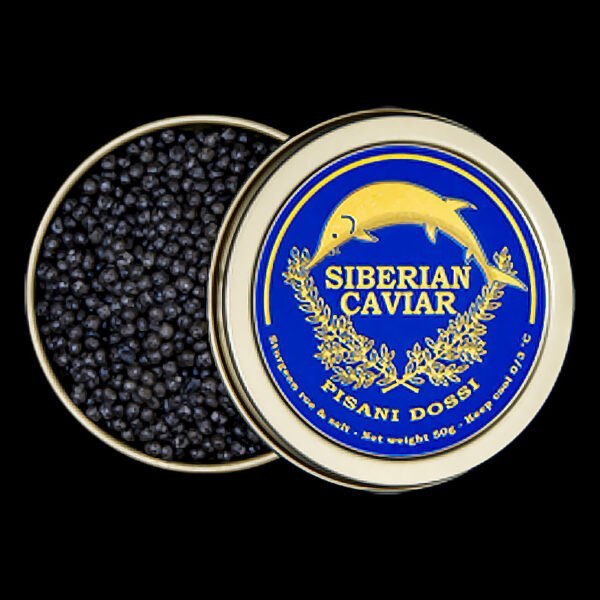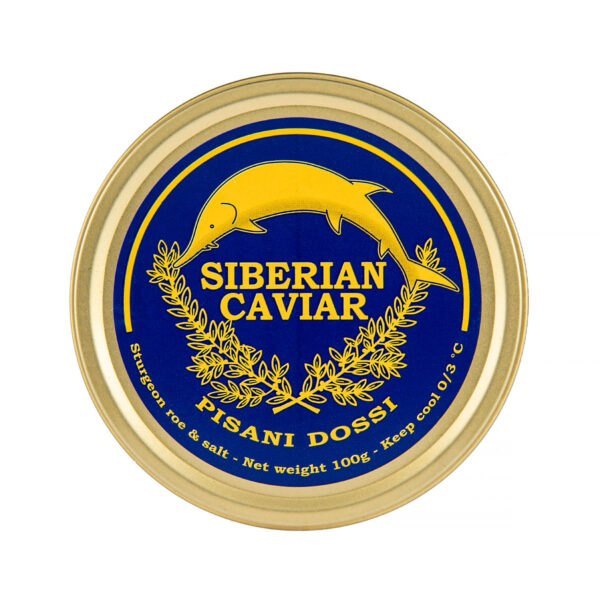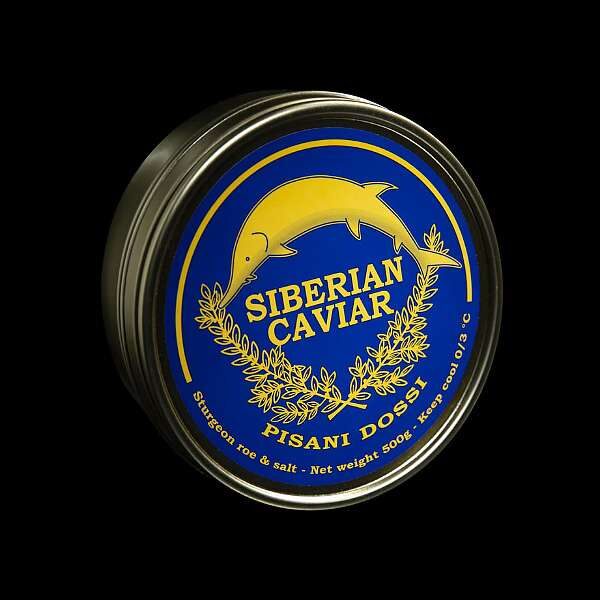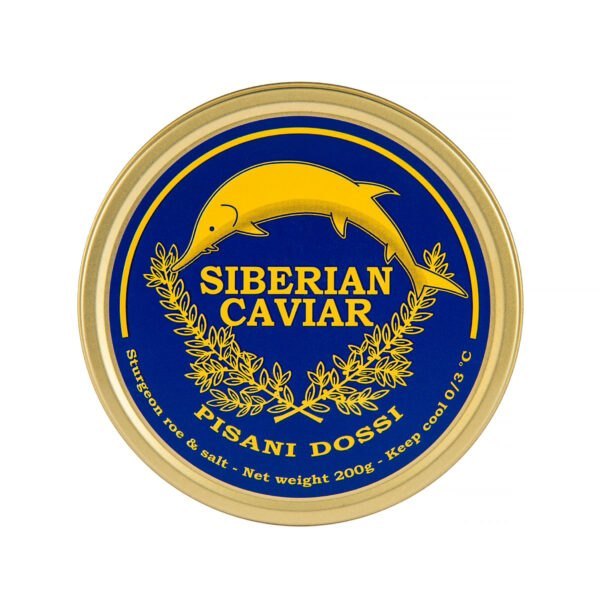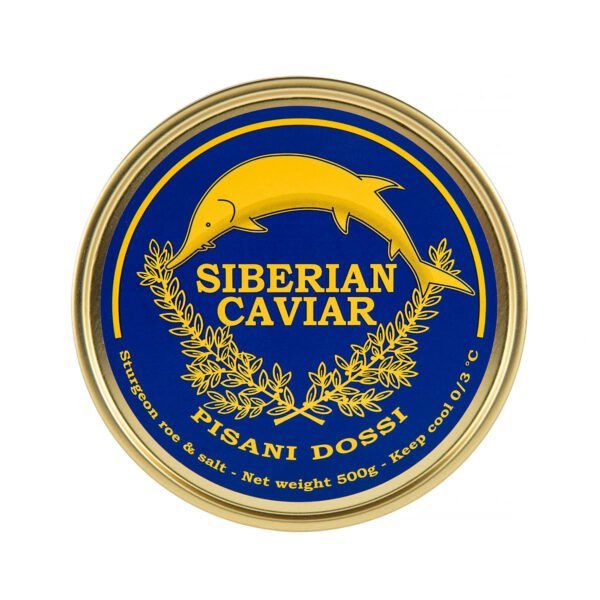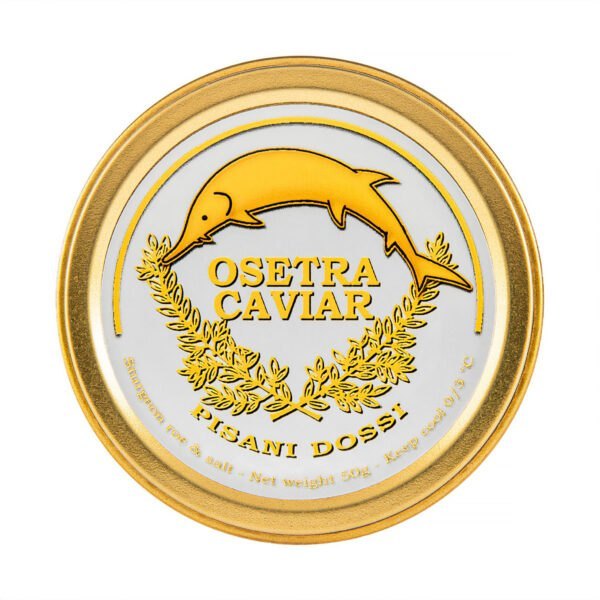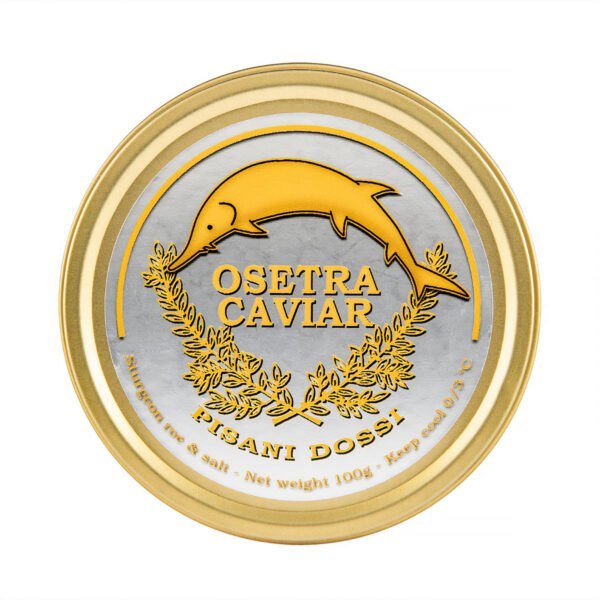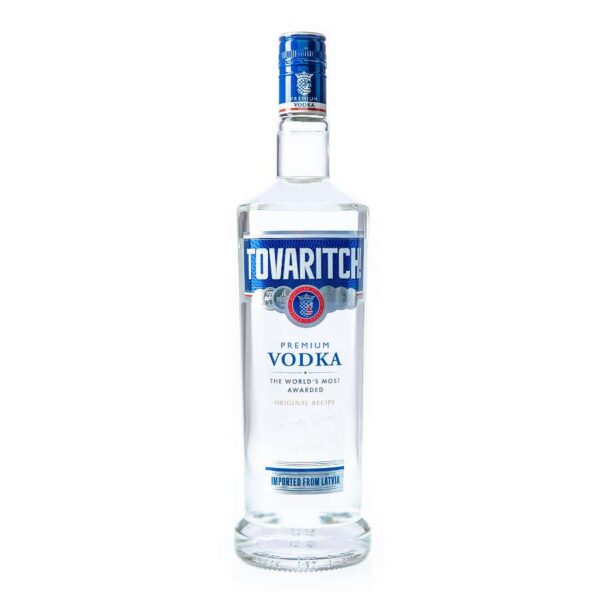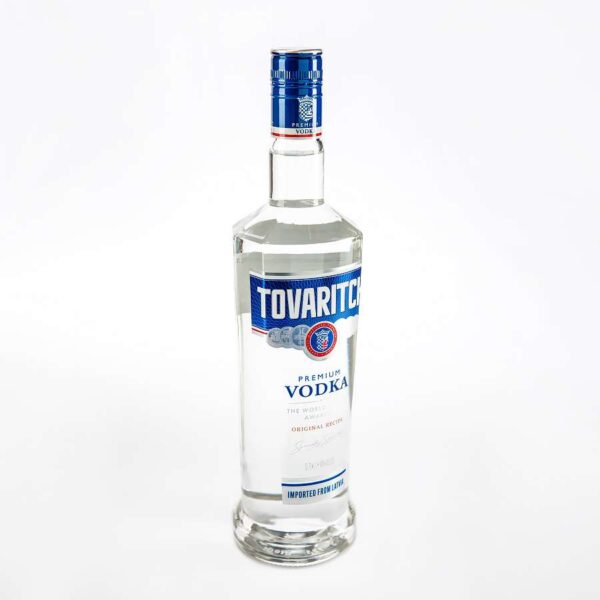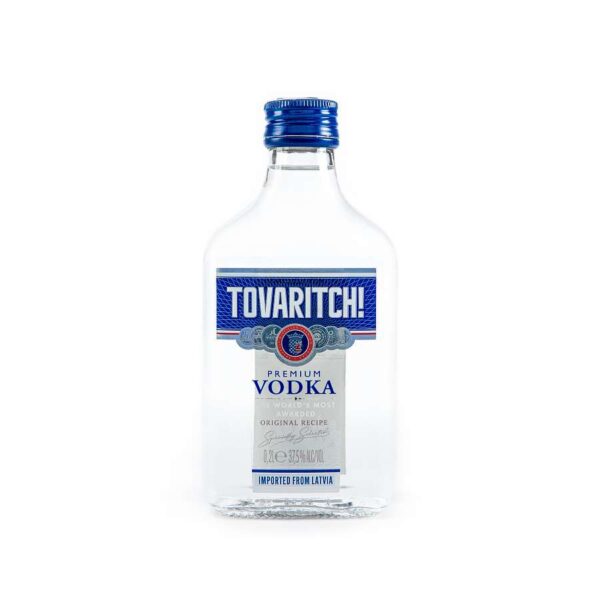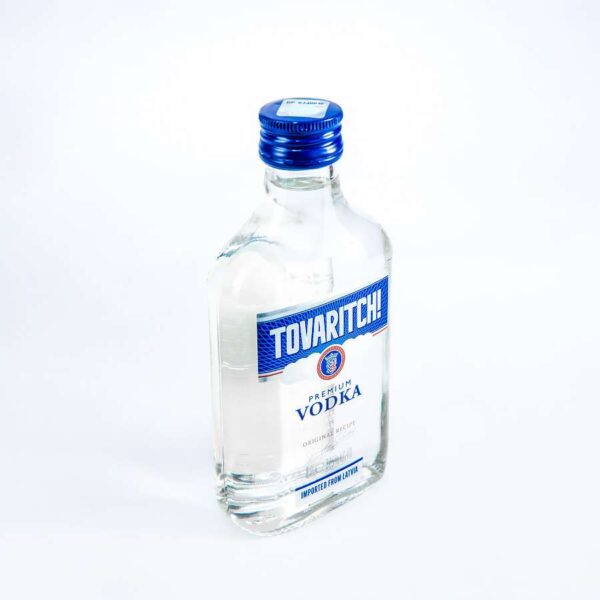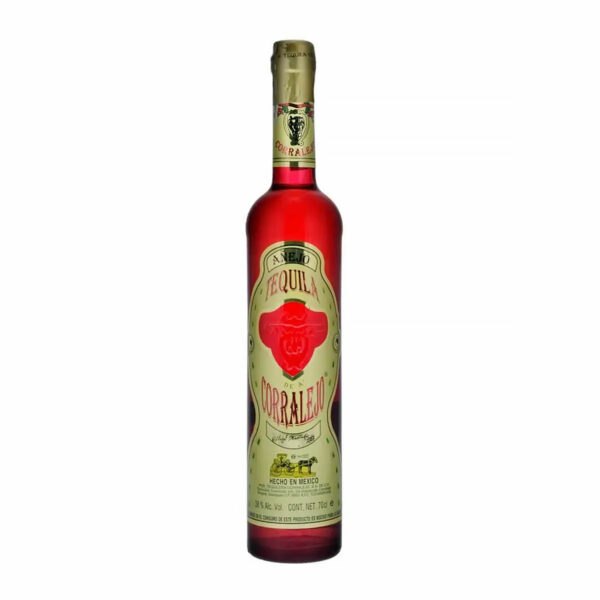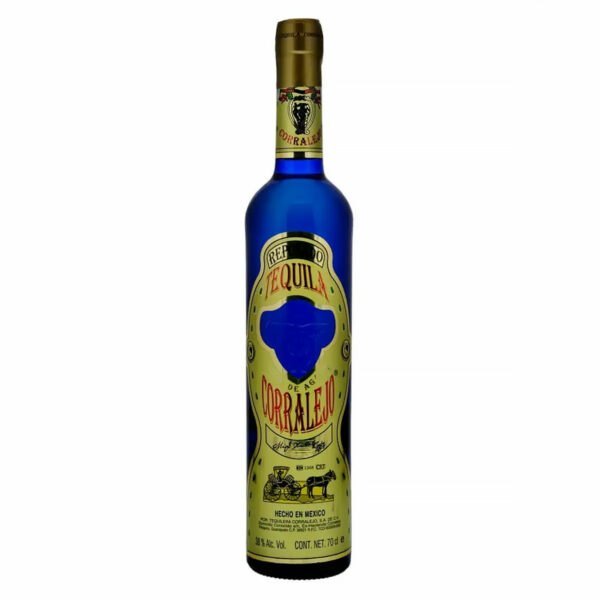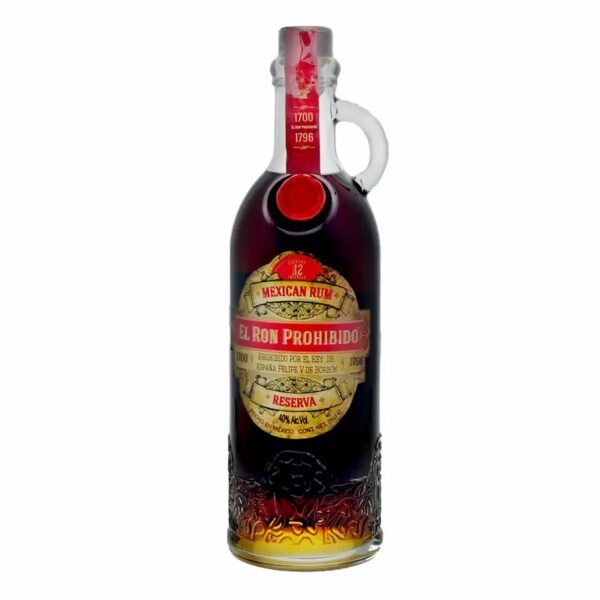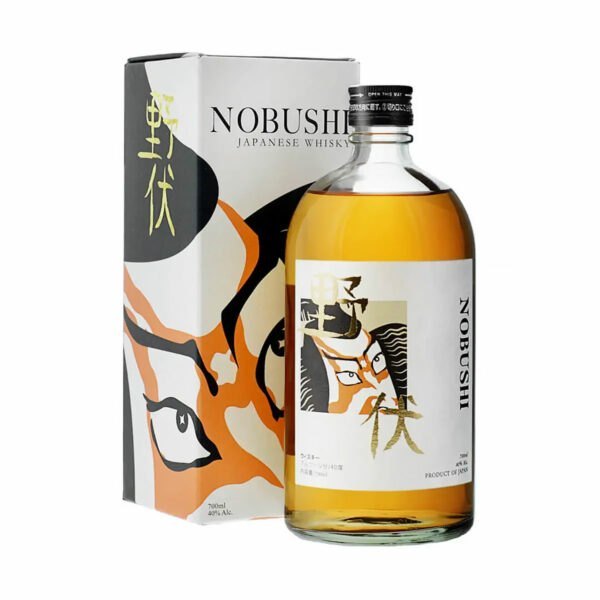Italian black caviar represents a remarkable transformation story in luxury gastronomy. What began as conservation necessity has evolved into culinary excellence. Italy distinguishes itself as a global leader through sustainable methods. The commitment to authentic practices creates unique product profiles.
The distinction lies not only in pristine alpine waters and coastal salt. Italian caviar farmers developed innovative techniques respecting ancient traditions and modern consciousness. These methods produce caviar with distinctive characteristics. Italian products stand apart in the global marketplace through superior quality standards.
From near-extinction to global prominence, Italian sturgeon farming exemplifies conservation success. Traditional malossol curing methods combine with cutting-edge aquaculture systems. This unique blend creates caviar that cannot be replicated elsewhere. Italian producers prove that environmental responsibility and commercial excellence align perfectly.
The renaissance of Italian sturgeon farming after near extinction
Italian sturgeon faced complete extinction by the 1990s. Environmental pollution and overfishing brought these ancient fish to the brink. Conservation efforts launched ambitious breeding programs to rescue the species. Scientists worked quickly to establish breeding populations in controlled environments.
Early conservation focused on capturing remaining wild specimens. Researchers preserved genetic diversity for future generations. These initial steps laid the foundation for modern Italian caviar production. The rescue mission succeeded in saving multiple sturgeon species.
Saving sturgeon from complete disappearance
Italian sturgeon populations had virtually disappeared from natural waterways. The native Adriatic sturgeon faced total elimination from overharvesting. Water pollution further reduced remaining populations to critical levels. Environmental degradation threatened the survival of these prehistoric fish.
Conservation biologists recognized the urgent need for intervention. Wild sturgeon captures became the foundation for breeding programs. Genetic diversity preservation became a primary conservation goal. Scientists collected DNA samples to maintain species authenticity.
Creating sustainable breeding programs
Italian farmers developed revolutionary aquaculture systems in the 1970s and 1980s. Companies like Agroittica Lombarda pioneered innovative methods using industrial waste heat. Steel plant cooling waters provided ideal temperatures for sturgeon breeding. This creative approach demonstrated Italian ingenuity in sustainable resource utilization.
Modern Italian farms operate on principles of environmental responsibility. Farmers maintain pristine spring water conditions that mirror natural habitats. Controlled feeding programs ensure optimal fish health and caviar quality. These breeding cycles range from seven to twenty years depending on species.
Breeding timeline stages:
- Juvenile stage: 2-3 years in controlled nursery conditions
- Growth phase: 4-8 years with careful nutrition monitoring
- Maturation period: 8-20 years depending on species type
- Harvesting window: Optimal egg development timing crucial
Long-term commitment distinguishes Italian producers from short-term operations. Patience during maturation periods ensures superior caviar quality. Sustainable breeding creates consistent product availability without species depletion.
Sustainable aquaculture practices that distinguish Italian producers
Italian caviar production emphasizes environmental harmony over maximum yield. Sustainable practices create premium products while protecting natural ecosystems. Water conservation and species preservation guide operational decisions. These methods distinguish Italian producers from mass-production facilities.
Environmental responsibility drives innovation in Italian aquaculture systems. Clean water recycling minimizes waste and environmental impact. Natural feeding programs avoid artificial growth enhancers. Species-appropriate environments support healthy sturgeon development.
Pure alpine water systems
Italian caviar farms utilize natural spring water from pre-Alpine regions. This water source provides consistent temperatures and mineral content year-round. Continuous water recycling creates natural conditions for sturgeon development. Clean mountain springs eliminate the need for chemical water treatments.
Water quality directly impacts final caviar taste and texture. Italian producers maintain strict monitoring systems for pH and mineral balance. Temperature control systems ensure optimal breeding conditions throughout seasons. This attention to water purity distinguishes Italian caviar from artificial systems.
The mineral composition of alpine water influences caviar flavor development. Calcium and magnesium levels contribute to egg texture and taste. Natural filtration through rock formations creates ideal water chemistry. Consistent water quality ensures reliable caviar characteristics across harvests.
Environmental conservation commitments
Italian caviar producers focus on species preservation beyond commercial interests. Farms operate without genetically modified or hybrid species in many cases. Long maturation periods allow natural development of flavor characteristics. Sustainable practices minimize environmental impact from farming operations.
Conservation methods implemented:
- Native species preservation programs maintaining genetic authenticity
- Wild population restocking initiatives supporting ecosystem recovery
- Pollution-free farming environments protecting water quality
- Natural feeding without artificial additives or growth hormones
- Chemical-free breeding cycles respecting natural development
These environmental commitments create caviar with authentic taste profiles. Italian producers prove commercial success aligns with conservation goals. Sustainable methods ensure long-term availability of premium caviar varieties. Conservation efforts support both business sustainability and species recovery.
Native Adriatic sturgeon species and their unique flavor characteristics
Italian waters host distinct sturgeon species with unique characteristics. Native Adriatic varieties develop flavor profiles influenced by local conditions. Water chemistry and climate create distinctive taste signatures. These species cannot be replicated in other geographic regions.
Terroir effects influence caviar development similar to wine production. Alpine water minerals contribute to final taste characteristics. Clean mountain environments support natural flavor development. Regional conditions create Italian caviar’s distinctive identity.
Distinctive Italian sturgeon varieties
The Adriatic sturgeon produces caviar with delicate medium-sized eggs. This native species develops unique flavor profiles influenced by Italian waters. Eggs typically measure between 2.6 to 3.0 millimeters in diameter. Colors range from dark grey to bronze with subtle variations.
Italian farms also cultivate Siberian sturgeon adapted to local conditions. These fish produce fine-grained caviar with elegant flavor complexity. Russian sturgeon creates the prized Osetra variety under Italian conditions. Each species develops distinct characteristics through local adaptation.
Climate conditions in northern Italy create ideal sturgeon environments. Consistent temperatures support steady egg development throughout seasons. Alpine water sources provide mineral compositions that enhance flavor profiles. Natural feeding environments contribute to complex taste development.
Flavor profiles shaped by terroir
Italian caviar expresses terroir similar to wine production concepts. Alpine water minerals influence final taste characteristics significantly. Clean mountain springs create subtle mineral notes in finished products. Natural feeding environments contribute to complex flavor development.
Flavor characteristics by variety:
- Adriatic sturgeon – delicate taste with medium-sized eggs and clean finish
- Siberian variety – hazelnut and wild berry notes with fine texture
- Osetra type – walnut aftertaste with buttery richness and complexity
- Native species – clean mineral finish from alpine water sources
The terroir effect creates caviar that cannot be replicated elsewhere. Italian conditions produce flavor profiles unavailable from other regions. Climate and water chemistry combine to create distinctive taste signatures. Geographic factors contribute to Italian caviar’s unique market position.
Regional variations exist even within Italy between different production areas. Northern alpine regions produce caviar with mineral characteristics. Coastal influences add subtle salinity to flavor profiles. These variations create complexity within Italian caviar categories.
Pro tip: Try Italian caviar varieties side by side to appreciate terroir differences. Each species expresses unique characteristics based on local environmental conditions.
Traditional malossol curing methods with Italian coastal salt
Italian producers use traditional malossol curing refined over centuries. Ancient preservation techniques create optimal flavor development. Minimal salt concentrations preserve natural egg characteristics. Traditional methods avoid chemical preservatives completely.
Artisanal curing requires precise timing and temperature control. Italian craftsmen monitor the process carefully to maintain quality standards. Salt selection influences final flavor characteristics significantly. Traditional approaches respect caviar’s delicate nature.
Ancient preservation techniques perfected
The term “malossol” means “little salt” in Russian tradition. Italian craftsmen apply salt concentrations between 3.5 and 5 percent. This minimal salt approach preserves natural flavors while ensuring safety. Precise salt ratios require extensive experience and skill.
Malossol curing demands careful timing throughout the process. Temperature control prevents spoilage while maintaining egg integrity. Traditional methods passed down through generations ensure consistency. Artisanal techniques create superior products compared to industrial processing.
Salt application timing affects final caviar texture and taste. Early salting can damage delicate egg membranes unnecessarily. Late application may not provide adequate preservation. Master curers understand optimal timing for each species type.
Italian coastal salt advantages
Italian producers utilize high-quality sea salt from coastal regions like Cervia. Adriatic sea salt possesses unique mineral compositions enhancing caviar flavors. Sweet, natural salt characteristics complement delicate egg taste. Traditional harvesting methods preserve salt purity without industrial processing.
Coastal salt contains trace minerals supporting the curing process naturally. Italian salt lacks harsh bite found in heavily processed varieties. Regional salt varieties contribute to distinctive Italian caviar character. Attention to salt quality separates Italian products from mass-produced alternatives.
Regional salt characteristics:
- Cervia salt: sweet flavor profile with low sodium harshness
- Trapani salt: mineral complexity from Mediterranean waters
- Traditional harvest: sun-dried methods preserving natural minerals
- Artisanal processing: minimal refinement maintaining salt character
Salt quality directly impacts caviar shelf life and flavor development. Premium salts support longer aging processes when desired. Natural minerals enhance rather than mask caviar’s inherent characteristics. Traditional salt sourcing maintains authentic Italian production methods.
Pro tip: Premium Italian caviar uses traditional Adriatic sea salt exclusively. Check product descriptions for specific salt origins ensuring authentic processing methods.
Premium fresh black caviar from an Italian producer is available at PremiumCaviar Shop
PremiumCaviar Shop showcases exceptional Italian caviar from renowned producers. The selection represents the finest examples of Italian aquaculture excellence. Premium quality standards ensure consistent customer satisfaction. Fresh preparation maintains optimal flavor characteristics.
Italian caviar available through PremiumCaviar demonstrates superior production methods. Traditional techniques combine with modern quality control systems. Each product represents generations of caviar-making expertise. Sustainable practices support both quality and environmental responsibility.
Pisani Dossi heritage and quality standards
PremiumCaviar features premium Italian caviar from prestigious Pisani Dossi farm. This renowned producer has maintained excellence since 1913 operations began. Over a century of experience ensures consistent quality and authentic methods. Pisani Dossi combines traditional techniques with modern sustainability practices.
The farm raises sturgeon in pristine spring waters of northern Italy. Careful selection processes ensure only finest specimens reach maturity. Each caviar batch undergoes rigorous quality control before packaging. Traditional malossol preparation preserves natural flavors without artificial additives.
Pisani Dossi represents Italian caviar tradition at its finest level. Family ownership maintains quality standards across multiple generations. Traditional knowledge passes down through experienced caviar masters. Modern facilities support traditional methods with contemporary food safety standards.
Premium Siberian and Osetra varieties available
PremiumCaviar presents two exceptional Italian caviar varieties from Pisani Dossi. Premium Siberian Sturgeon Black Caviar features fine-grained texture with precise measurements. Eggs measure 2.6 to 3.0 millimeters creating perfect mouthfeel. Pure, elegant flavor combines subtle hazelnut and wild berry notes.
Premium Siberian Sturgeon Black Caviar
Premium Siberian Sturgeon fresh black caviar 50gr. Pisani Dossi
Premium Siberian Sturgeon fresh black caviar 100gr. Pisani Dossi
Premium Osetra Black Caviar displays larger grains measuring 2.9 to 3.2 millimeters. Delicious mild taste includes distinctive walnut aftertaste characteristics. Both varieties undergo traditional malossol preparation using minimal salt content. Fresh preparation eliminates preservatives while maintaining optimal flavor integrity.
Premium Osetra Black Caviar
Premium Osetra fresh black caviar 50gr. Pisani Dossi
Premium Osetra fresh black caviar 100gr. Pisani Dossi
Caviar variety comparison:
| Variety | Grain Size | Flavor Profile | Color Range | Texture |
|---|---|---|---|---|
| Siberian | 2.6-3.0mm | Hazelnut, berry notes | Black-grey to black-brown | Fine, delicate |
| Osetra | 2.9-3.2mm | Walnut aftertaste, buttery | Golden-brown to dark grey | Firm, complex |
Quality control ensures consistent characteristics within each variety type. Fresh processing maintains optimal texture and flavor development. Traditional preparation methods respect each species’ unique characteristics. Premium selection guarantees exceptional culinary experiences.
Perfect alcohol pairings for caviar enhancement
PremiumCaviar curates premium spirits complementing Italian caviar perfectly. Clean vodka neutrality enhances delicate caviar flavors without competition. TOVARITCH! Premium Vodka provides ideal pairing foundation for tasting. Aged spirits bring complementary sweetness balancing natural salinity.
Tequila varieties create interesting flavor combinations with caviar’s richness. Corralejo Blanco offers clean agave notes supporting caviar’s delicacy. Aged expressions like Corralejo Añejo and Reposado add complexity. Premium rums contribute sweetness and spice balancing caviar’s mineral characteristics.
Premium alcohol selections for pairing:
- TOVARITCH! Premium Vodka for clean flavor enhancement
- Corralejo Tequila Blanco for agave complement to caviar
- Corralejo Tequila Añejo for aged complexity and sweetness
- Corralejo Tequila Reposado 100% de Agave for balanced pairing
- El Ron Prohibido Habanero 12 Years for spiced complexity
- El Ron Prohibido 15 Years Reserva for ultimate sophistication
- NOBUSHI Blended Japanese Whisky for refined pairing experiences
These carefully selected spirits create harmony with Italian caviar characteristics. Premium alcohol quality matches exceptional caviar standards perfectly. Proper pairing enhances both spirit and caviar experience simultaneously. Expert curation ensures optimal flavor combinations for discerning palates.
Premium Alcohol
How Italian regulations and quality standards set global benchmarks
Italian caviar production operates under rigorous regulatory frameworks. Government oversight ensures quality standards throughout production processes. Strict monitoring covers breeding, harvesting, and processing stages. International compliance creates consumer confidence in Italian products.
Quality control systems exceed many international standards significantly. Environmental regulations protect both product quality and ecosystem health. Certification programs verify sustainable practices and species authenticity. Italian leadership influences global caviar production standards.
Strict government oversight systems
Italian agencies monitor every aspect from breeding to final packaging. Water quality standards ensure optimal farming conditions throughout cycles. Regular inspections verify compliance with domestic and international requirements. Documentation requirements create complete traceability from source to consumer.
Quality certifications verify sustainable practices and species authenticity. Environmental compliance protects both farms and surrounding ecosystems. Food safety regulations ensure consumer protection at every stage. International standards alignment facilitates global market access.
Government support encourages sustainable aquaculture development while maintaining standards. Research funding advances both conservation and production techniques. Educational programs train new generation of caviar producers. Policy frameworks balance commercial success with environmental protection.
International certification leadership
Italian producers often exceed international quality standards significantly. Organizations like Friend of the Sea certify Italian farms for sustainability. These certifications validate responsible aquaculture practices and conservation efforts. Italian standards influence global caviar production benchmarks worldwide.
Key Italian quality standards:
- Environmental sustainability certifications ensuring ecosystem protection
- Species authenticity verification programs maintaining genetic integrity
- Water quality monitoring requirements exceeding international minimums
- Traditional processing method preservation supporting artisanal quality
- International food safety compliance standards protecting consumer health
Italian regulatory leadership establishes trust with international markets globally. Strict standards create premium positioning for Italian caviar products. Quality control systems ensure consistent excellence across production facilities. Certification programs support both consumer confidence and environmental responsibility.
Export regulations maintain quality standards for international markets. Certification requirements ensure authentic Italian caviar reaches global consumers. Quality assurance programs protect Italian caviar reputation worldwide. Standards compliance creates competitive advantages in premium market segments.
Pro tip: Look for Italian caviar with multiple certifications including organic, sustainable, and species authenticity verification. These credentials guarantee adherence to highest global standards.
Economic impact of Italy becoming the world’s second-largest caviar exporter
Italy has emerged as the world’s second-largest caviar exporter through strategic development. Decades of investment in sustainable aquaculture created this remarkable position. Italian producers compete successfully through quality differentiation strategies. Export revenues demonstrate conservation-based business model success.
Economic transformation from species extinction to export leadership inspires globally. Rural communities benefit from caviar farming employment opportunities. Premium pricing reflects superior quality of Italian production methods. International recognition drives continued investment in sustainable practices.
Market position transformation
Italian caviar exports generate significant economic value for rural communities. Caviar farms provide employment in regions with limited alternatives. Premium pricing reflects superior quality of Italian production methods. Export growth continues as international markets recognize Italian excellence.
Investment in sustainable aquaculture created jobs across multiple sectors. Research and development activities support university and scientific communities. Equipment manufacturing for aquaculture systems creates industrial opportunities. Tourism related to caviar farms attracts visitors to rural regions.
Economic development factors:
- Rural employment creation in agricultural regions previously underutilized
- Premium pricing reflecting superior quality positioning in markets
- International market share growth through quality differentiation strategies
- Export revenue growth supporting sustainable practice investments
- Research and development funding advancing conservation techniques
Economic benefits extend beyond direct caviar production activities. Supporting industries benefit from increased demand for specialized equipment. Educational institutions receive funding for aquaculture research programs. Regional development occurs through infrastructure improvements supporting farms.
Global market influence and future prospects
Italian success influences international caviar production standards worldwide. Sustainable practices developed in Italy become models for regions. Quality benchmarks established by Italian producers raise global expectations. Italian innovation drives industry evolution toward environmental responsibility.
Market leadership creates opportunities for continued growth and expansion. Technology transfer helps other regions adopt Italian methods. International partnerships spread sustainable aquaculture knowledge globally. Italian expertise becomes valuable export alongside caviar products.
Italian economic success proves conservation and profitability align effectively. Sustainable methods create long-term market advantages over exploitation. Quality focus generates premium pricing supporting continued innovation. Environmental protection supports business sustainability for future generations.
Pro tip: Italian caviar represents excellent value considering quality, sustainability, and artisanal production methods. Premium pricing reflects authentic craftsmanship and environmental responsibility.
Summary
Italian black caviar distinguishes itself through unique conservation success, sustainable practices, and traditional craftsmanship. The renaissance of Italian sturgeon farming transformed near-extinct species into thriving populations producing world-class caviar. Sustainable aquaculture methods using pristine alpine waters create distinctive flavor profiles impossible to replicate elsewhere.
Native Adriatic sturgeon species and traditional malossol curing with Italian coastal salt produce caviar with exceptional characteristics. Premium producers like Pisani Dossi maintain century-old standards while embracing modern sustainability practices. Italian regulations and quality standards set global benchmarks influencing international production methods worldwide.
Italy’s emergence as the world’s second-largest caviar exporter demonstrates that environmental responsibility and commercial success align perfectly. Italian caviar represents the future of luxury food production where conservation, quality, and profitability create sustainable excellence for generations.


